Billboards have a long, rich history in the advertising world. By learning the history of billboards, you’re much better poised to understand their impact and how they can produce results like no other medium.
Billboards in the 1800s
Jared Bell, pioneered what we think of as the first traditional billboard poster in the United States, started making big, picturesque signs in the 1830s. In the beginning, Bell created large signs for shows and events in order to grab the attention of large numbers of people. One of the most popular events he promoted were circus acts, especially those featuring the Ringling Brothers and Barnum & Bailey.
A few decades later, in the 1860s, the billboard business changed thanks to laws that allowed businesses to purchase outdoor space for the purpose of installing a billboard. Due to the new legal possibilities, businesses began taking advantage of this opportunity to advertise using billboards. They created billboards of different sizes and placed them in many different types of places to experiment with vantage points. These early billboards were not easy to produce—the large canvases took many hours to paint and were very labor-intensive.
Toward the end of the 1800s, two major events changed the billboard business. First, billboards became super popular. It was the most exciting way to showcase your brand, so the businesses who could afford it were all over billboards. Due to the popularity of billboards, various billboard associations were formed. These billboard associations helped launch a more formal version of billboard advertising nationwide.
Second, as these associations became more established, they began developing standards for billboard advertising. For instance, in 1889, a twenty-four sheet billboard was unveiled—the first of its kind. This would be the size that became the standard for billboards across the world.
Quick Billboard Facts from the OAAA
In 1850, exterior advertising was first used on street railways.
The earliest recorded leasings of billboard occurred in 1867.
By 1870 nearly 300 small sign-painting and bill posting companies were in operation.
In 1872, the International Bill Posters’ Association of North America was formed in St. Louis.
Billboards in the Early 1900s
The history of billboards is intrinsically tied to the history of cars in the United States. When the first affordable vehicle was developed, the famed Model T, cars started to become ubiquitous in American cities. Henry Ford’s assembly line model was replicated in many other industries, and the U.S. benefited from cheap manufacturing. As society became more reliant on cars, entire industries and businesses were created to build roads and highways that could serve for drivers everywhere.
It didn’t take long for advertisers to realize these roads and highways were the perfect place to install billboards. As drivers began to use their cars regularly, they would drive by the billboards on the side of the road and immerse themselves in the large imagery before them. Railroads and horses became secondary forms of transportation, and as cars began to rule the road, so did billboards.
While billboards were always popular forms of advertising in the early 1900s, the creation of the Interstate Highway System in the 1950s skyrocketed billboards in America. Billboards became incredibly successful because the Interstate Highway System spanned almost fifty thousand miles, providing advertisers with millions of opportunities for displays and creative.
The biggest and best brands of the time were all using billboards. Conventional billboards were common, but some brands, like Coca-Cola and Oreo, loved to experiment with funny and outlandish scenes, hoping to entertain bored drivers.
Billboard Regulations
For more than one hundred years, billboard placements were highly unregulated. This was the same during the era of the Interstate Highway System. For advertisers, there were very few restrictions when it came to sizing, placement, design, and spacing.
However, in 1965, Congress passed the Highway Beautification Act, which set limitations on the number of billboards that could be placed along highways, along with other regulations on sizing, placement, and even lighting. Many naysayers predicted the end of the billboard industry thanks to this bill, but of course, they were wrong. Billboard advertisers simply went along with the new regulations and adapted.
Billboard Advertising Today
As we speak, billboards are one of the best ways to advertise brands in the United States. As of 2022, the billboard industry is worth $8.5 billion just in the United States. Although billboards may have been around for a long time, they’re not going anywhere.
In fact, billboard technology is developing some exciting advancements. One of those developments is the advent of digital billboards, which require less work and deliver more engaging creative to audiences. For instance, with a digital billboard, the material requirements go away. You no longer need to print a massive vinyl canvas, then hire people to install it properly on a billboard display. With digital billboards, all you need is a file you can email to the billboard leasing company.
Thanks to the ease of “installation,” many advertisers experiment with colors, fonts, styles, and even sound effects. It’s easy to try something for a week and change it to something else because of the lack of installation costs. When something doesn’t work or isn’t getting the results you want, it’s easy to make a quick change.
High tech companies are starting to incorporate sensors and cameras on billboards. There’s so much that can be done when a billboard recognizes a face. First and foremost, a billboard can be programmed to deliver content or produce imagery that engages the viewer.
But even “traditional” billboards can use sensors for data collection. They can better estimate the number of people that engaged with the billboard, how long they spent reading or viewing it, and where they focused the most (this is especially relevant for street-level billboards).
The Future Of Billboard Advertising
The future looks bright for billboard advertising. The biggest, best brands love billboards. Here are the top billboard advertisers in the US:
McDonald’s
Apple
Geico
Amazon
HBO
Coca Cola
Allstate
Anheuser-Busch
Comcast
American Express
Billboards are once again being used to advertise the biggest brands of our time. At the moment, there are over 370,000 billboards in the United States, with over fifteen thousand added each year.
The future of billboards is smart. Just like smartphones changed the mobile phone landscape, smart billboards will become more reactive, more engaging, and will change the content based on information about the viewer, just as online ads try to show you relevant content based on your website visits or social media behavior. In the future, billboards and digital screens will make use of such technologies as cameras, radar, infrared, and antennae. These will provide the data to see and react to their environment.
Picture yourself walking into a mall. The advertisement in front of you changes from something that you don’t care about to an advertisement about beds, since you’ve been doing research on a new king mattress. Ads will be more relevant to you, and therefore more effective and interesting. Of course, with new technological advancements, new regulations will be put in place so that your data is used safely and with your consent.
As you can see, the history of billboards is rich and interesting, and it builds on the impact the boards still have today. If you’d like to learn more about what billboards can do for your brand, don’t hesitate to reach out and speak with one of our account executives.
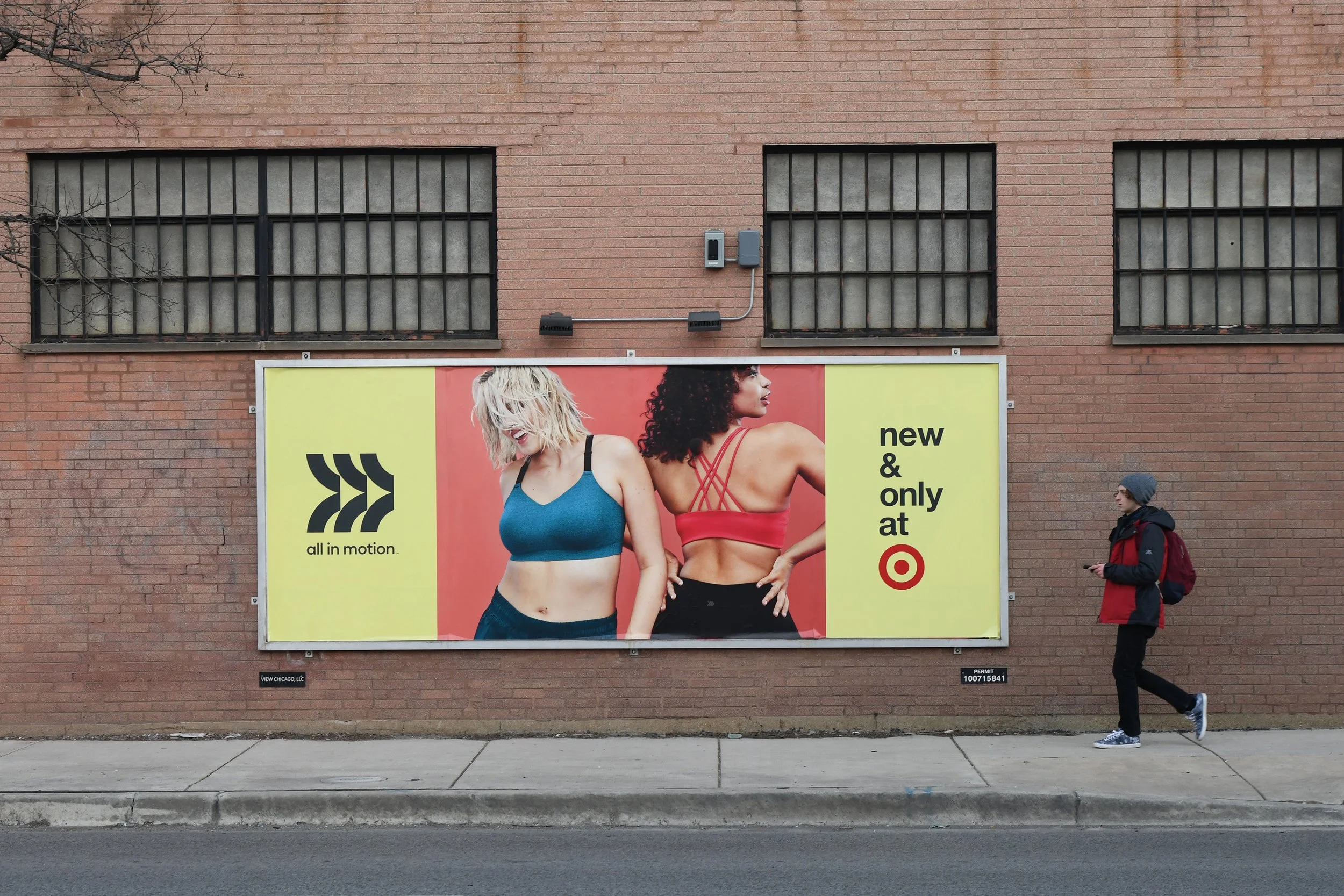

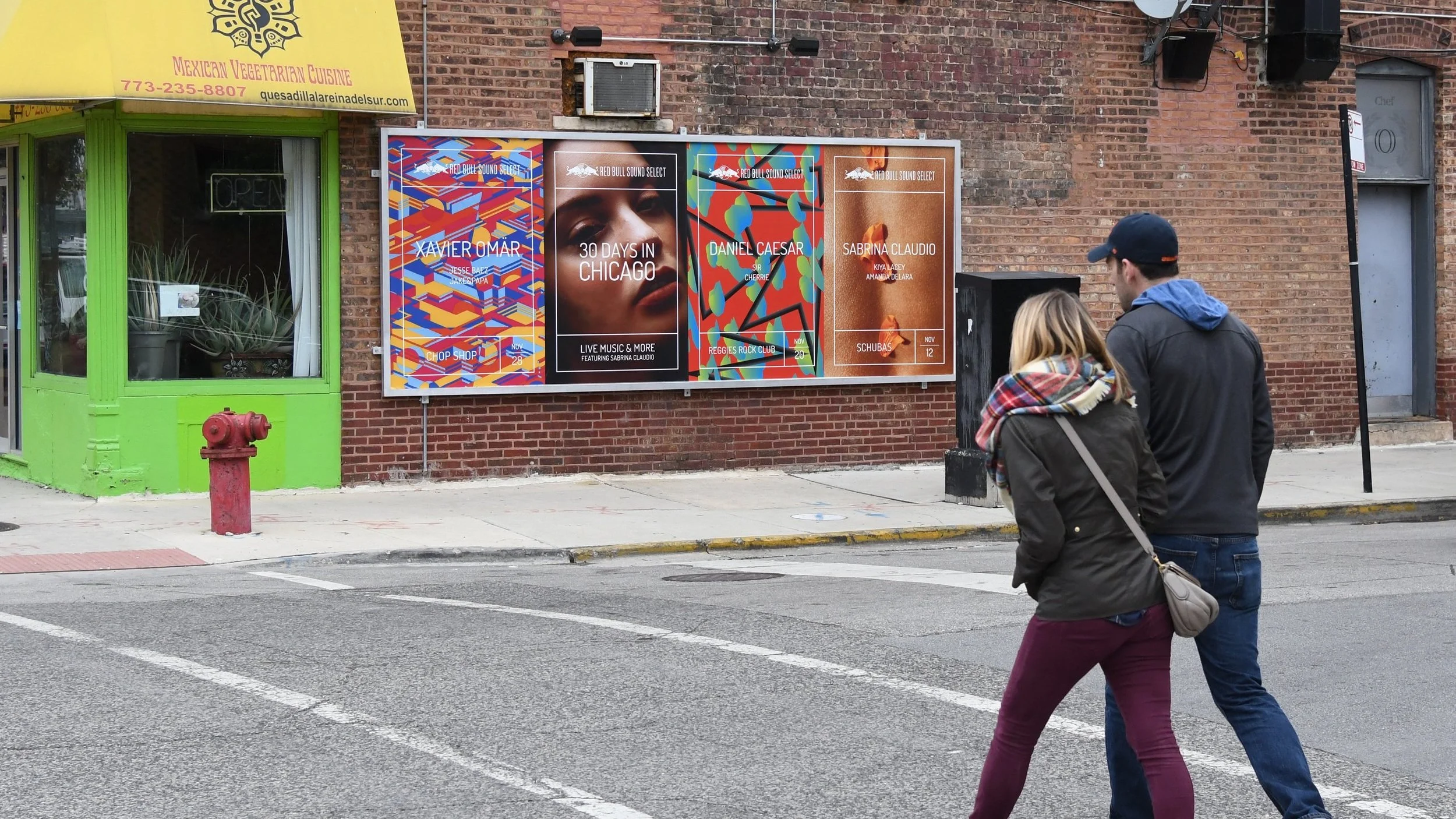



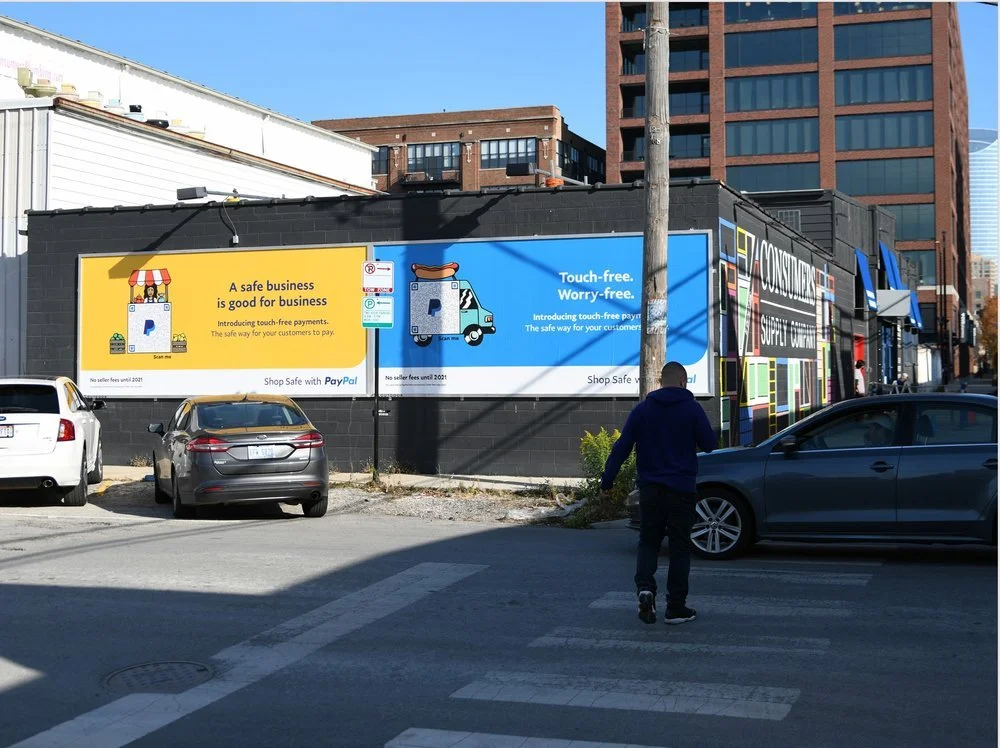
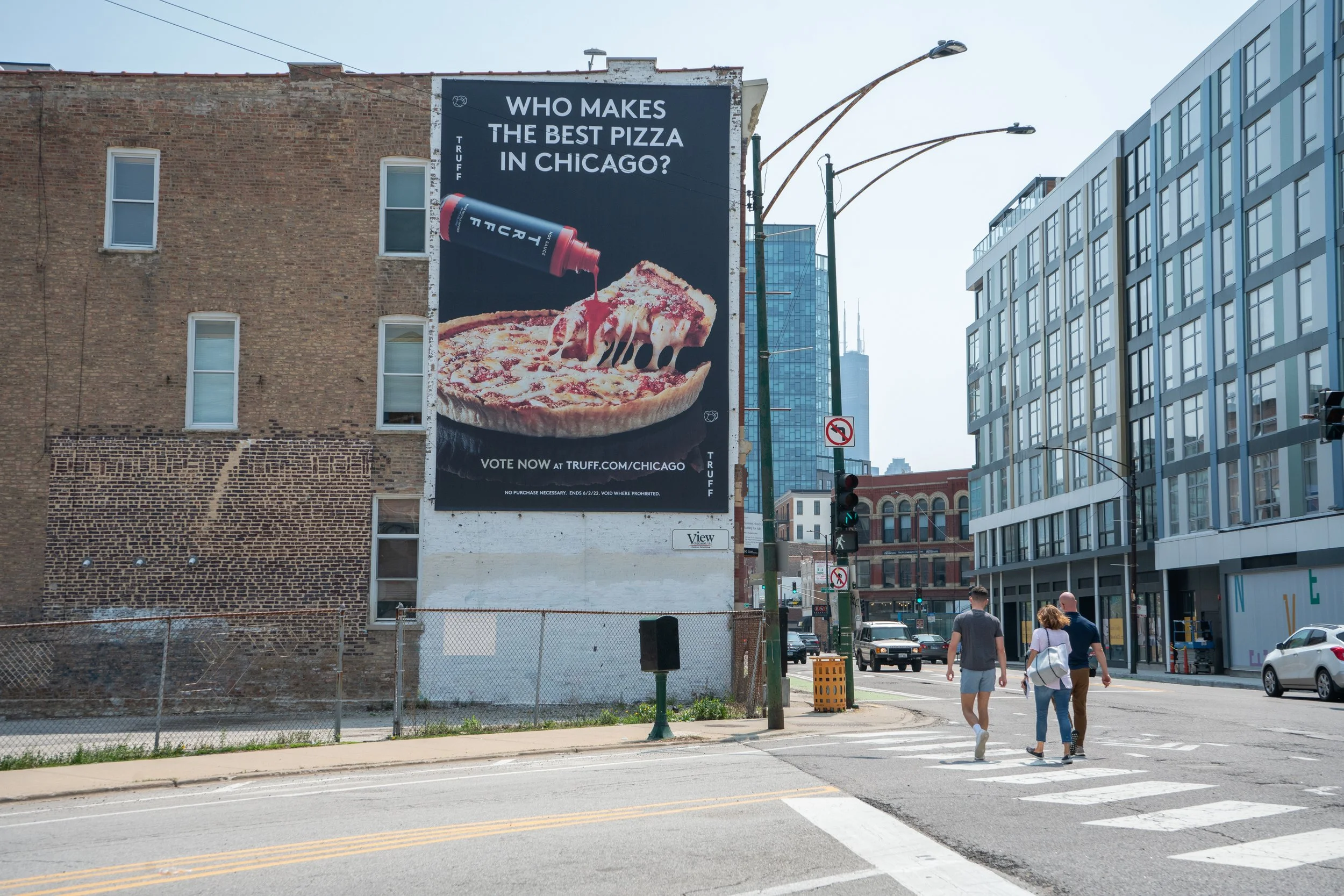


Renting a billboard is an easy process, but it’s important for billboard companies to be transparent with their pricing and how they offer the best deals for their customers. Here’s how we calculate the price of renting a billboard and some price ranges for each billboard type.